Organic and Regenerative Farming at Sierra Orchards
Sierra Orchards, founded by the McNamara family, grows organic walnuts and almonds just outside of Winters, an immaculate, idyllic small town in Northern California. While the McNamara family has only been farming since the 1980s, they adhere to an age-old idea: regenerative farming.
What is regenerative farming?
So, what is regenerative farming? The term has gained quite a bit of traction in the last few years, but don’t get fooled into thinking that regenerative farming is a new concept. We met with Sean McNamara, a second-generation farmer with an incredible knowledge base. We asked Sean to share his definition of regenerative farming. After careful consideration, he explains, “I think regenerative farming is an important idea. Unfortunately, the idea has been co-opted to sell more products, and we often forget where that word came from. Many cultures that came before had much longer relationships with space that were not as extractive and disruptive. Indigenous Californians had a 10 to 20,000-year relationship with California. Whereas, we (modern humans) have extracted water, soil, nutrition and topsoil in 150 years. Regenerative farming looks at how to create long relationships with space. For us, that means caring deeply for soil, using resources and thoughtfully trying to limit outside inputs on this farm.”

How have Indigenous Peoples influenced Sierra Orchards’ practices?
Speaking to Sean, it is obvious that he has the utmost respect for the historic stewards of his family’s land – the Southern Patwin, a band of the Wintun Nation. “We are very aware that we’re farming on unceded land of the Patwin people and that we are a relatively new steward of this place. Many, many hands and hearts and ideologies have touched it. Part of our philosophy in operating here is to steward it as best we can for the future and rightful owners of this place.”
How does Sierra Orchards farm regeneratively?
Regenerative farming could be described as relationship-based. Farmers must develop a keen understanding of their environment to learn how to best tend to it. Sean elaborates, “Our goal here is to steward this land for ten generations or more. To do that, we have to develop systems that do not extract and exploit but feed, nourish and regenerate. Our goal is to steward all corners of a space, including soil health, water, microbiological communities, and animal communities, so that none of them are suffering so that we might prosper.”
Cover Crops
Cover crops are used to improve soil health and help control weeds, pests and diseases. Sean recalls, “My dad was an early adopter of cover crops. A cover crop is much like a pasture or forage crop, but you plant it under an existing crop, like walnuts. We like to plant diverse cover crops like grasses, legumes and broad leaves. Cover crops are wonderful and they generate a lot of biomass, a lot of green material above ground and below ground as well.”
Sheep
Traditionally, farmers have incorporated cover crops back into the ground. Too much grass and thatch complicates the walnut harvest. Now, we know that disturbing the soil creates oxidation and releases carbon into the atmosphere. Many farmers, like Craig, have started using sheep to help mow down their cover crops.

“The sheep incorporate the cover crop without the use of tillage. They package up those nutrients and organic matter into manure and urine, which is an amazing fertilizer. Sheep move at the pace of nature; beneficial insects can get out of their way. They help control insects and shoots and introduce more oxygen and sunlight to the inner orchard. Most importantly, the sheep reduce our tractor passes in half. So, whereas we would start mowing in March, we don’t have to start mowing until sometime in late June. We also grow really high-quality, really tasty meat that we’re proud to sell.”
Diversity
Diversity is key to a holistic, regenerative operation.
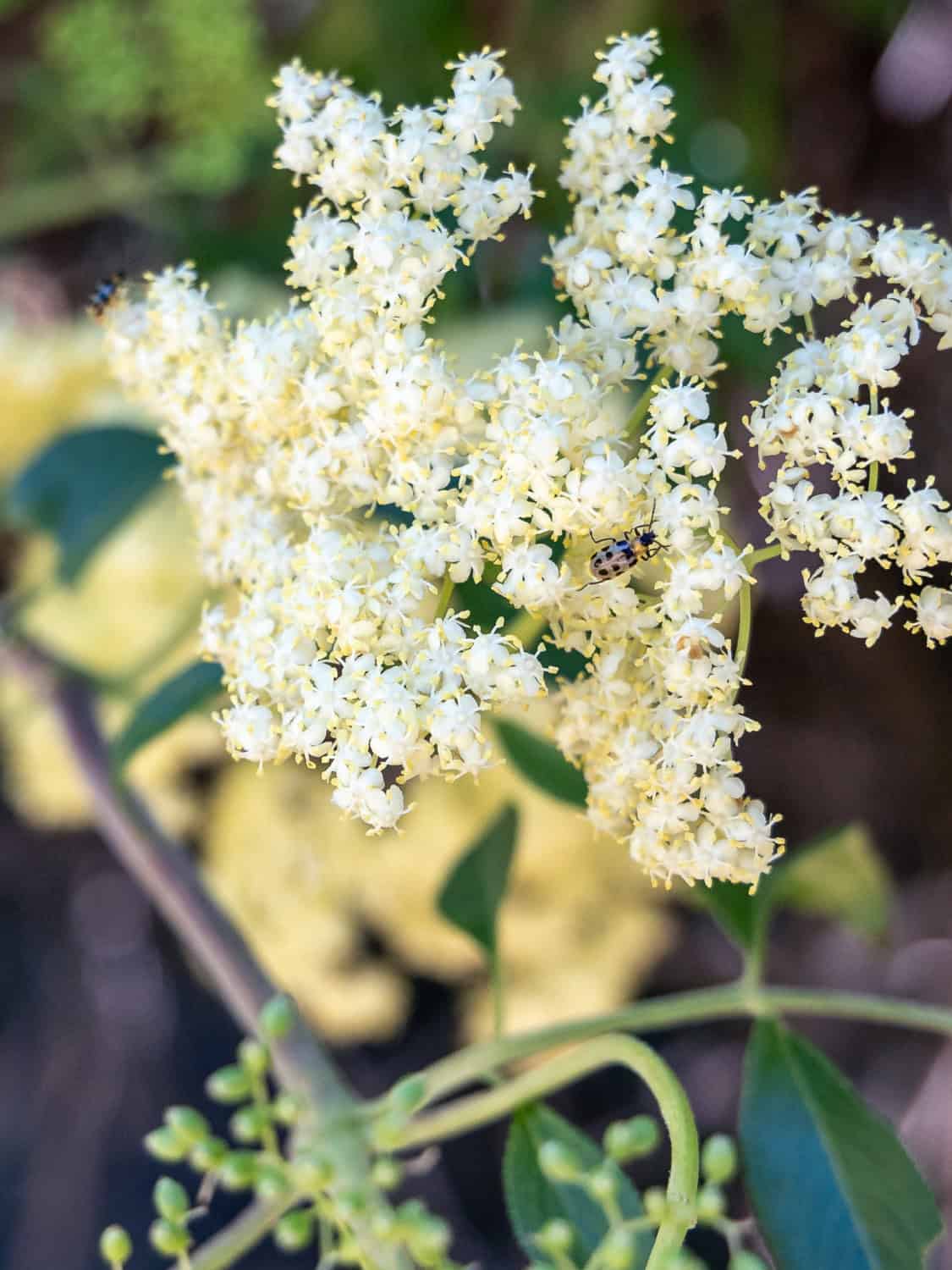
Sean states, “Another tenet of our farming style is to, as much as possible, introduce diversity back into the system. We grow organic walnuts and almonds, and we raise an increasing number of sheep. We have done some hay crops and pasture crops as well, and we lease land to some very skilled new farmers who have fruits, berries and some vegetable crops.”
Incorporating native plants also helps to foster biodiversity. “We wrap the orchards and even cut through them with native plant hedgerows, pollinator strips, riparian buffer strips,” Sean states. “They are amazing habitat corridors for lots of different types of wildlife.”
Water Conservation

Sierra Orchards employs water conservation through a combination of buried drip irrigation and above-ground hanging micro-sprinklers. Sean adds, “Increasingly, we’re moving to an above-ground hanging micro sprinkler, which is easier to repair and allows us to water up and germinate cover crops if the rains don’t come right at the right time.”
A tool called a pressure bomb helps to ensure that each tree receives the appropriate amount of water. “Basically, it takes the blood pressure of a plant,” Sean explains. “We can reverse the leaf’s barometric pressure and see how much stress the plant is under. We like them to be under a little bit of stress so that they push their roots deeper, looking for more water and nutrients, but not too much. That’s when we turn the water on.”
Is regenerative farming different than organic farming?
Regenerative farming could be considered a natural extension of organic farming. Like regenerative farming, the goal of organic farming is to protect natural resources and promote biodiversity. Sierra Orchards is CCOF certified, which means it meets (and, in their case, exceeds) the guidelines set out by the California Certified Organic Farmers organization. CCOF-certified farms must be synthetic pesticide, herbicide and fertilizer-free for at least three years while maintaining or improving the property’s natural resources.
How long has Sierra Orchards been certified organic?
Sierra Orchards has farmed organically since the 1990s. Sean’s mother, Julie, was concerned about the use of synthetic pesticides and how they might affect her three small children, their farm team, and the environment. She and her husband Craig decided to transition to organic farming and have never looked back.
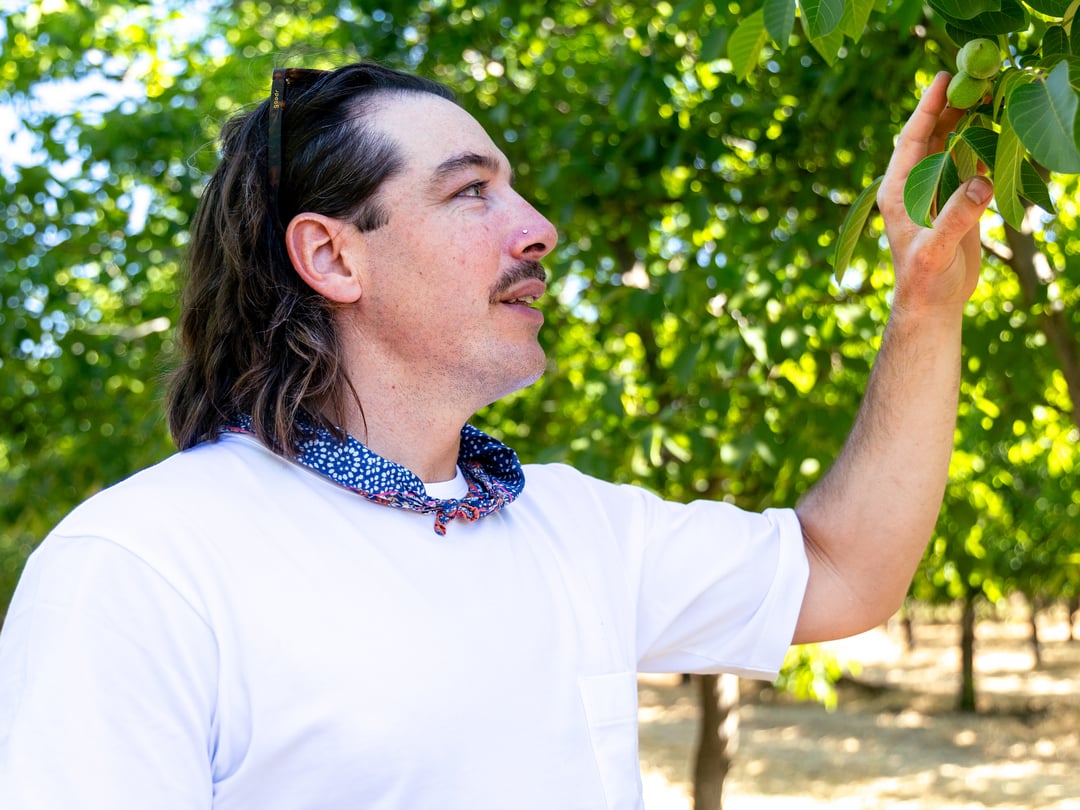
“I think all people struggle to know how to be in a right relationship to this earth and to the space we inhabit,” Sean posits. “As farmers, we are tending to a relatively large amount of space and lots of complex ecological systems. Every day out here, we are asking the trees, we’re asking each other, we’re asking our community what it means to be in right relationship. Farming has changed a lot in the United States in the last 70 years. The advent of synthetic nitrogen and chemical-based agriculture is not that old. We’ve seen that some of those systems are not working in the long term, whether it’s herbicide resistance of certain weeds or synthetic nitrogen not meeting all the needs of our cash crops. We need to develop systems to grow nutrient-dense food year after year so that we can sustain our lives here as farmers.”
Why is Winters a great place to grow walnuts?
An essential part of regenerative farming is ensuring the land is well suited to its purpose. “This is a great spot to grow walnuts,” Sean smiles. “Putah Creek is a quarter mile away. For millennia, it overflowed and created these rich alluvial soils that we stand on. We also get the delta breeze in the summer and sufficient chill hours in the winter.”
Does Sierra Orchards partner with local universities?
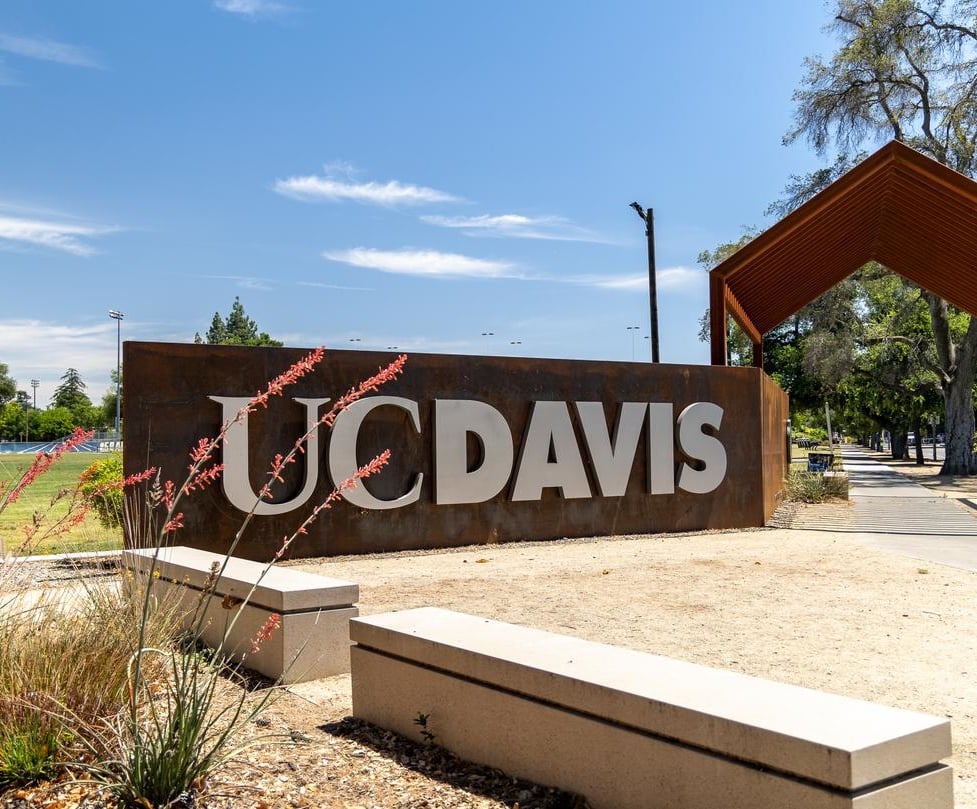
Another benefit to farming in Winters is its proximity to UC Davis. Sierra Orchards has partnered with the university for decades, which may help to explain Sean’s seemingly encyclopedic knowledge of all things even remotely farm related. “For 40 years or more, we’ve enjoyed a mutually beneficial relationship (with UC Davis),” he proudly states.
“Currently, PhD students and professors are running experiments on birds, bats, bees, soil, carbon sequestration, hedgerows and rodents. UC extension folks are talking to us about our irrigation methods and our use of roller crimpers. The agroecology folks at UC Davis wanna talk to us about our integration of sheep for the last decade.”
Why is it important to support local farmers?
The McNamara family clearly loves farming, but there are economic challenges that come with the territory. “We believe that walnuts are a superfood. They’re so high in omega fatty acids and they grow so well in this region. Farming this way, as organic and as regenerative as we can, does cost more. In order to keep these farms going, they need to be economically viable – economic sustainability is as important as all the other ways of treating the space. We are seeing lower returns and higher outlays every year. In any way that folks can, they need to choose California, choose fresh and choose as much nutrient density as you can find out there”.
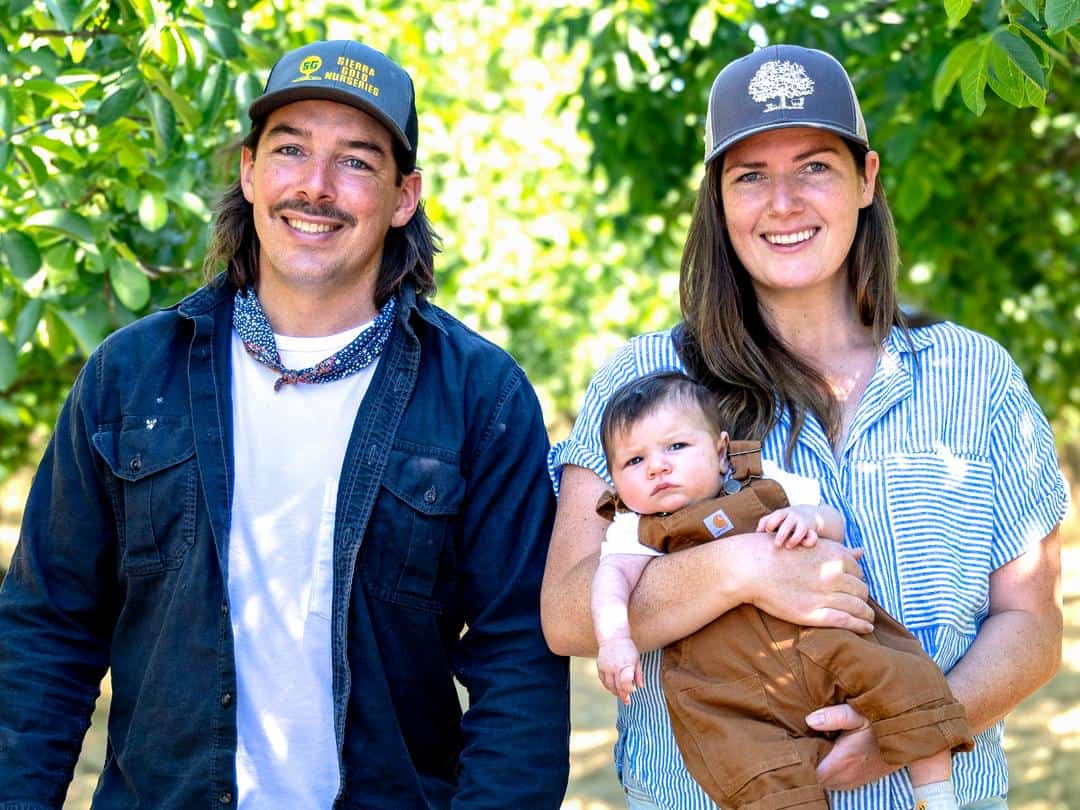
Want to visit Sierra Orchards or learn more about their operation?
Check out their website to purchase select products and to schedule a farm tour.
Pictured: The second (and third?) generation of Sierra Orchards – Sean McNamara, his sister Emily and Emily’s daughter

Buying CA GROWN is the best way to support local farmers! Here’s how to tell where your produce was grown.
Want to dig a little deeper? Read this next…
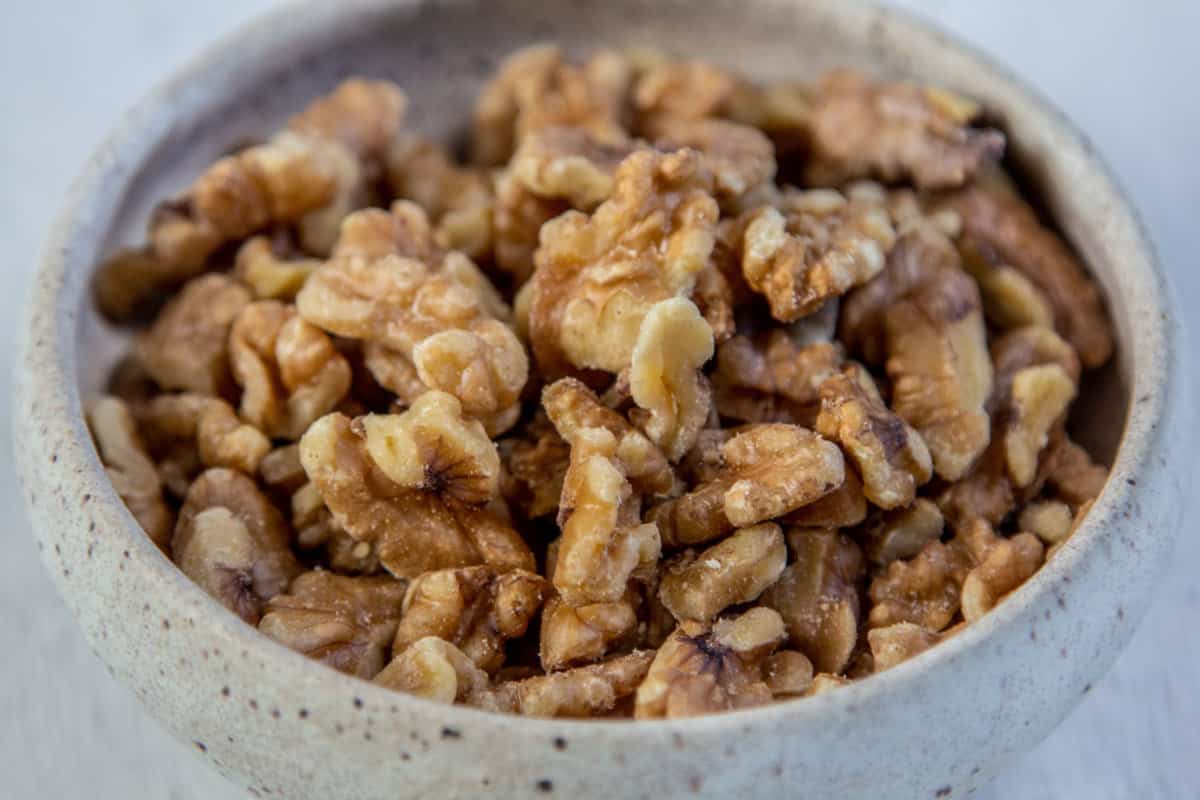
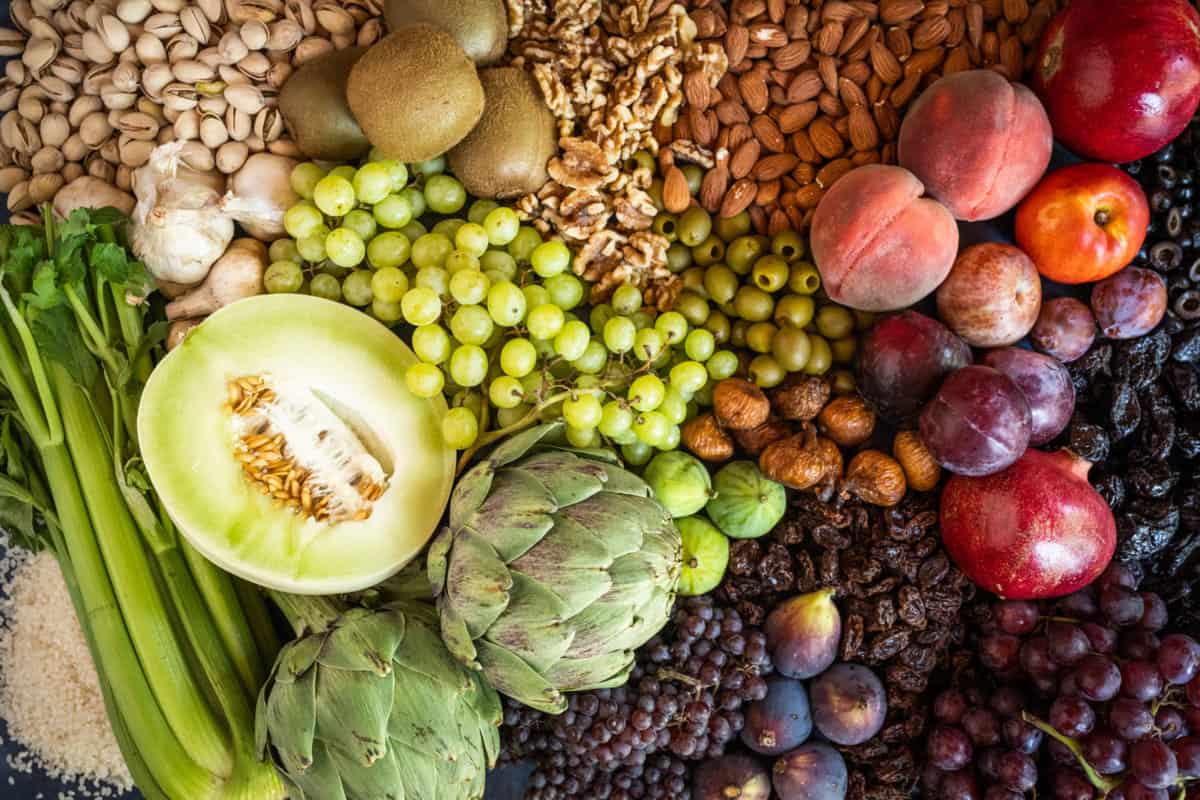

Article and photography by Hilary Rance.

